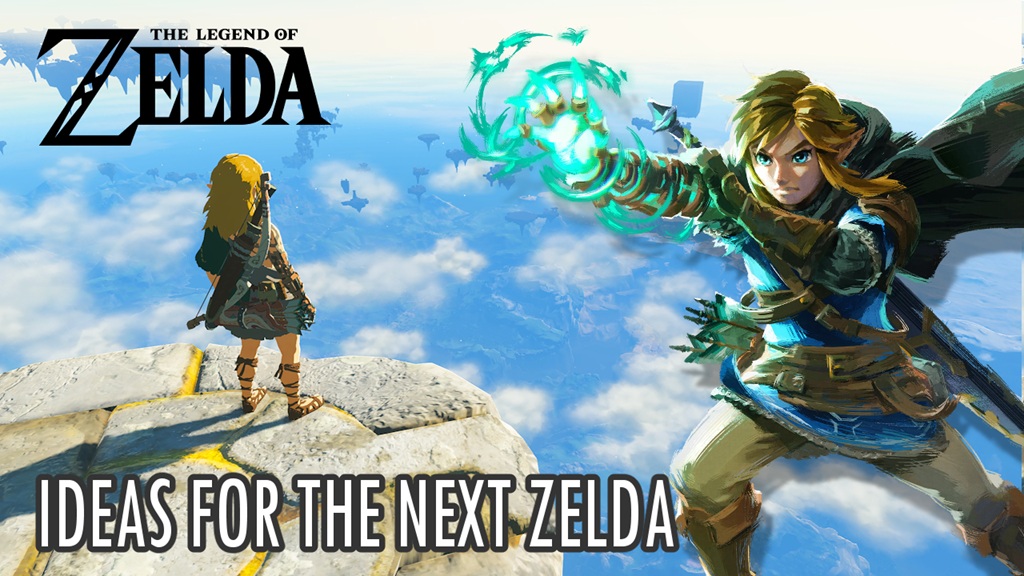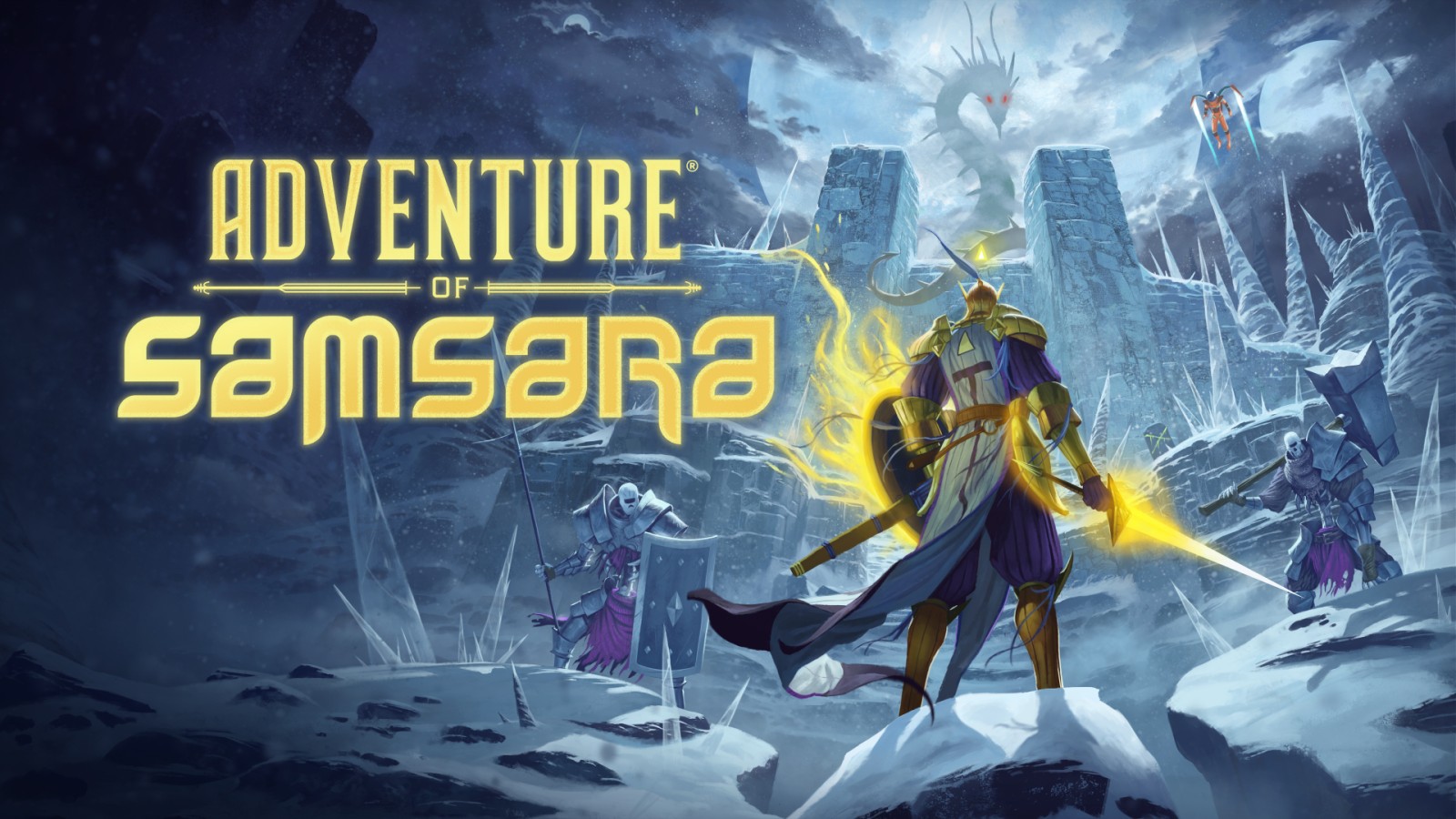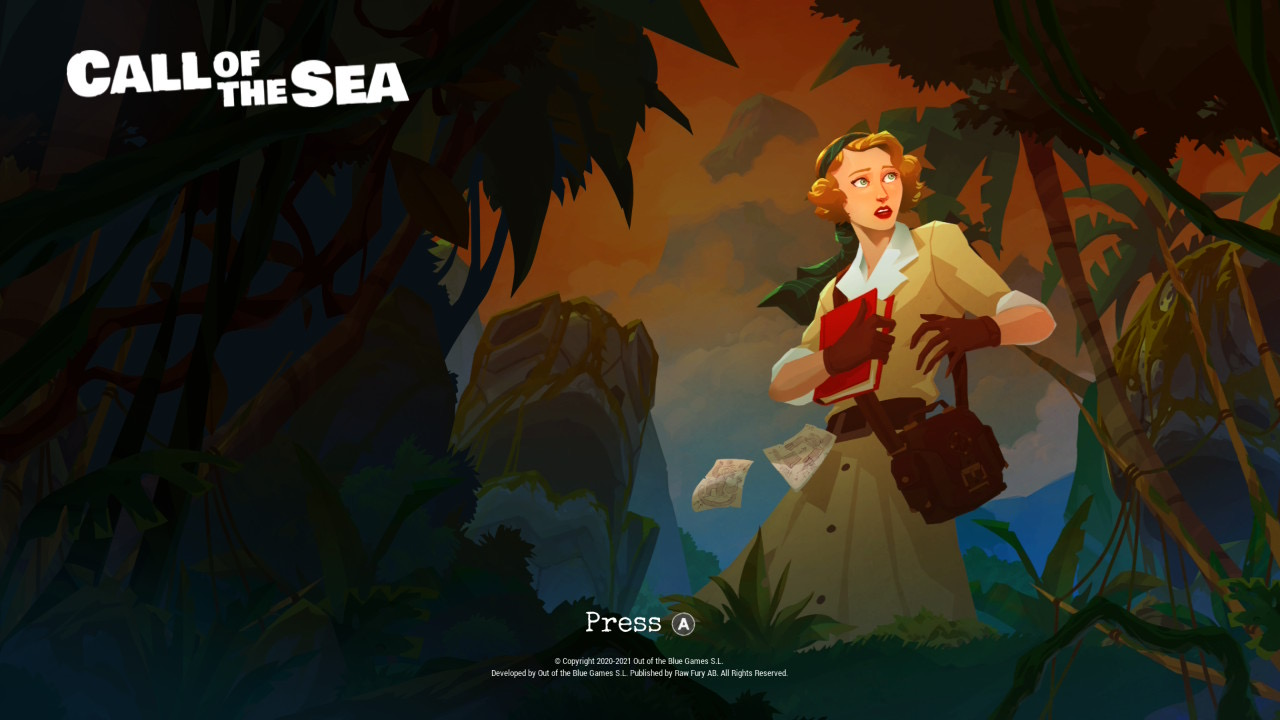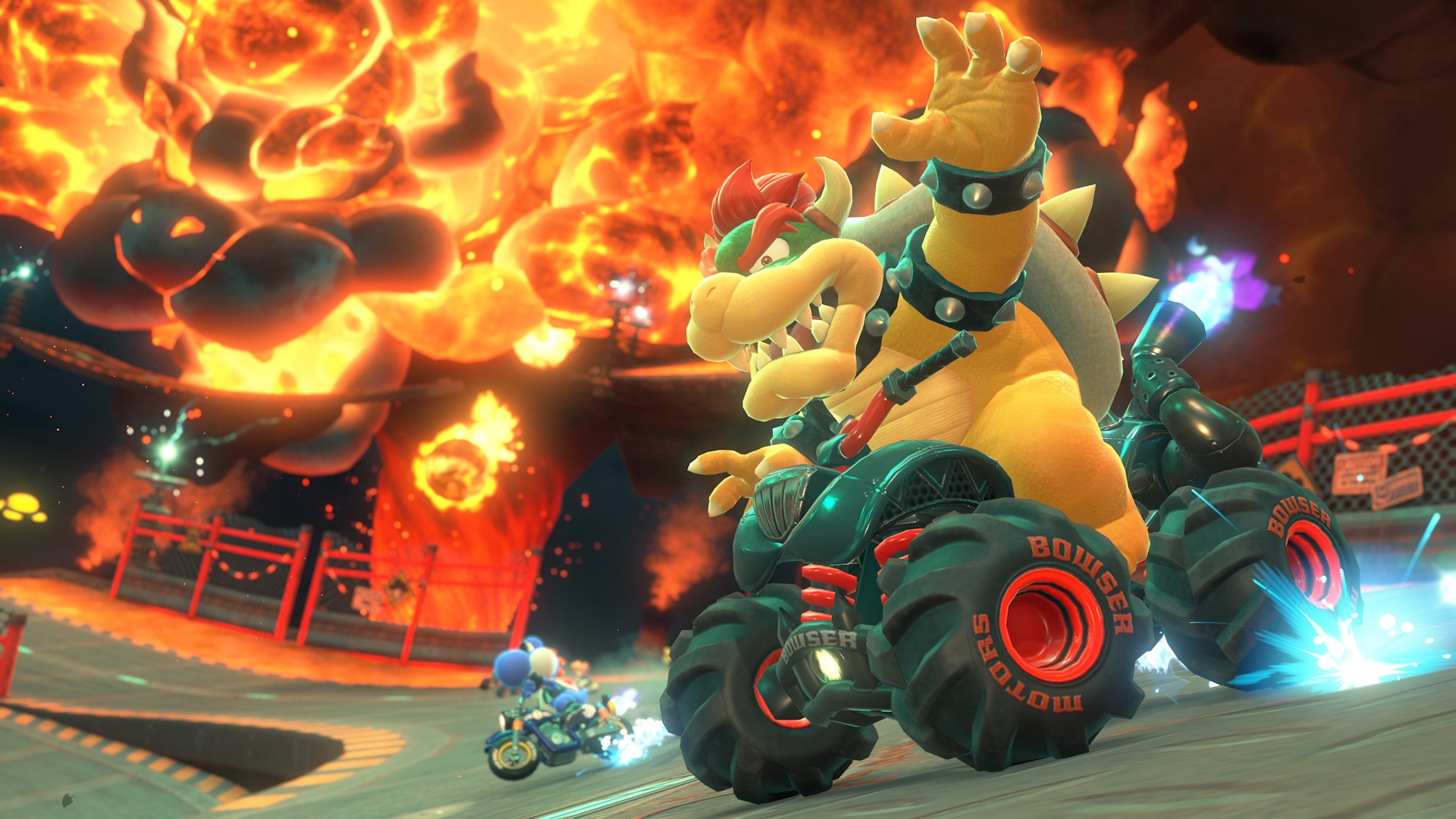The Legend of Zelda franchise has long been a cornerstone of Nintendo’s illustrious history, continually reinventing itself to captivate both long-time fans and new generations of players.
With the release of The Legend of Zelda: Breath of the Wild on March 3, 2017, for both the Wii U and Nintendo Switch, Nintendo introduced a bold new direction for the series—one defined by unparalleled player freedom and a vast, open-world Hyrule.
The follow-up, The Legend of Zelda: Tears of the Kingdom, built upon this blueprint, becoming another monumental success on the Nintendo Switch. Historically, Zelda games such as Ocarina of Time (1998), Twilight Princess (2006), and Skyward Sword (2011) structured their worlds around linear dungeon progression, guiding players through a set sequence of challenges.
As series producer Eiji Aonuma explained in past interviews, this design was initially intended to create a more accessible entry point for newcomers while delivering a tightly woven narrative.
However, by Skyward Sword’s release, core fans were expressing a desire for increased player agency and open-ended gameplay. Breath of the Wild decisively answered that call, fundamentally altering the franchise’s design philosophy.
Players were encouraged to tackle objectives in any order, whether journeying straight to the final boss or exploring side quests, shrines, and dungeons (or Divine Beasts) at their own pace.
This seismic shift saw both title’s main quests comprising a handful of pivotal dungeons—five in Tears of the Kingdom, four in Breath of the Wild—each accessible at any point, reinforcing the series’ newly embraced freedom.
As one series designer famously summarized, the new mantra was to let the player discover their own adventure rather than follow a scripted path. Sales figures validate this direction.
Breath of the Wild surpassed 31 million copies sold as of 2024, making it the highest-selling Zelda title to date.
Tears of the Kingdom continued this momentum, posting record-breaking sales in its opening weeks and quickly joining its predecessor as a must-have for Nintendo Switch owners. Still, this open-world approach isn’t without criticism.
While freedom has resonated broadly—contributing to high replay value and critical acclaim—some long-time fans and industry observers note that this structure can leave the experience feeling unfocused or sparse, particularly for players seeking more traditional dungeon sequences or tightly crafted narratives.
Story elements, for example, are often dispersed throughout the world, allowing crucial plot details to unfold out of order, which some argue diminishes their intended impact.
Additionally, major events in both Breath of the Wild and Tears of the Kingdom are often rooted in the distant past, limiting player agency in the unfolding story. Another common request among Zelda enthusiasts is the return of alternate dimensions—a hallmark of earlier entries like A Link to the Past’s Dark World and A Link Between Worlds’ Lorule.
The current Switch era titles, while expansive, are both set in Hyrule, and many are hoping for a fresh landscape or parallel world to invigorate exploration. Fans are also vocal about content like dungeon variety and iconic items.
Previous entries commonly featured eight or more expansive dungeons, whereas the last two mainline Switch titles offered fewer, focusing instead on bite-sized Shrines and mini-challenges.
Iconic items such as the Hookshot, Boomerang, and Lens of Truth are notably absent from the most recent adventures—a change many hope will be addressed in future releases. Weapon durability, a controversial feature carried across multiple first-party Switch games—including Animal Crossing: New Horizons and Paper Mario: The Origami King—remains a divisive topic.
Some players appreciate the incentive to explore and adapt, while others find it needlessly frustrating, especially when powerful, hard-earned weapons break during critical moments. Even smaller scale Zelda projects such as Echoes of Wisdom reflect this commitment to player empowerment, enabling experimentation with Echoes and furthering the franchise’s philosophy of discovery.
However, improvements to the user interface are also high on wishlists, with calls for streamlined menus and customization options to enhance accessibility and reduce friction during gameplay. The next landmark Zelda adventure may not yet be on the horizon, but the lessons learned from Breath of the Wild and Tears of the Kingdom will undoubtedly inform its direction.
Whether Nintendo chooses to return to tighter linearity or doubles down on open-world freedom, the franchise’s spirit of reinvention remains alive and well.
As anticipation builds around future hardware like a potential Nintendo Switch 2, the community continues to discuss its hopes for deeper dungeons, innovative settings, and new approaches to storytelling, all while honoring the legacy that has made Zelda a defining force in video game history.
With the release of The Legend of Zelda: Breath of the Wild on March 3, 2017, for both the Wii U and Nintendo Switch, Nintendo introduced a bold new direction for the series—one defined by unparalleled player freedom and a vast, open-world Hyrule.
The follow-up, The Legend of Zelda: Tears of the Kingdom, built upon this blueprint, becoming another monumental success on the Nintendo Switch. Historically, Zelda games such as Ocarina of Time (1998), Twilight Princess (2006), and Skyward Sword (2011) structured their worlds around linear dungeon progression, guiding players through a set sequence of challenges.
As series producer Eiji Aonuma explained in past interviews, this design was initially intended to create a more accessible entry point for newcomers while delivering a tightly woven narrative.
However, by Skyward Sword’s release, core fans were expressing a desire for increased player agency and open-ended gameplay. Breath of the Wild decisively answered that call, fundamentally altering the franchise’s design philosophy.
Players were encouraged to tackle objectives in any order, whether journeying straight to the final boss or exploring side quests, shrines, and dungeons (or Divine Beasts) at their own pace.
This seismic shift saw both title’s main quests comprising a handful of pivotal dungeons—five in Tears of the Kingdom, four in Breath of the Wild—each accessible at any point, reinforcing the series’ newly embraced freedom.
As one series designer famously summarized, the new mantra was to let the player discover their own adventure rather than follow a scripted path. Sales figures validate this direction.
Breath of the Wild surpassed 31 million copies sold as of 2024, making it the highest-selling Zelda title to date.
Tears of the Kingdom continued this momentum, posting record-breaking sales in its opening weeks and quickly joining its predecessor as a must-have for Nintendo Switch owners. Still, this open-world approach isn’t without criticism.
While freedom has resonated broadly—contributing to high replay value and critical acclaim—some long-time fans and industry observers note that this structure can leave the experience feeling unfocused or sparse, particularly for players seeking more traditional dungeon sequences or tightly crafted narratives.
Story elements, for example, are often dispersed throughout the world, allowing crucial plot details to unfold out of order, which some argue diminishes their intended impact.
Additionally, major events in both Breath of the Wild and Tears of the Kingdom are often rooted in the distant past, limiting player agency in the unfolding story. Another common request among Zelda enthusiasts is the return of alternate dimensions—a hallmark of earlier entries like A Link to the Past’s Dark World and A Link Between Worlds’ Lorule.
The current Switch era titles, while expansive, are both set in Hyrule, and many are hoping for a fresh landscape or parallel world to invigorate exploration. Fans are also vocal about content like dungeon variety and iconic items.
Previous entries commonly featured eight or more expansive dungeons, whereas the last two mainline Switch titles offered fewer, focusing instead on bite-sized Shrines and mini-challenges.
Iconic items such as the Hookshot, Boomerang, and Lens of Truth are notably absent from the most recent adventures—a change many hope will be addressed in future releases. Weapon durability, a controversial feature carried across multiple first-party Switch games—including Animal Crossing: New Horizons and Paper Mario: The Origami King—remains a divisive topic.
Some players appreciate the incentive to explore and adapt, while others find it needlessly frustrating, especially when powerful, hard-earned weapons break during critical moments. Even smaller scale Zelda projects such as Echoes of Wisdom reflect this commitment to player empowerment, enabling experimentation with Echoes and furthering the franchise’s philosophy of discovery.
However, improvements to the user interface are also high on wishlists, with calls for streamlined menus and customization options to enhance accessibility and reduce friction during gameplay. The next landmark Zelda adventure may not yet be on the horizon, but the lessons learned from Breath of the Wild and Tears of the Kingdom will undoubtedly inform its direction.
Whether Nintendo chooses to return to tighter linearity or doubles down on open-world freedom, the franchise’s spirit of reinvention remains alive and well.
As anticipation builds around future hardware like a potential Nintendo Switch 2, the community continues to discuss its hopes for deeper dungeons, innovative settings, and new approaches to storytelling, all while honoring the legacy that has made Zelda a defining force in video game history.






